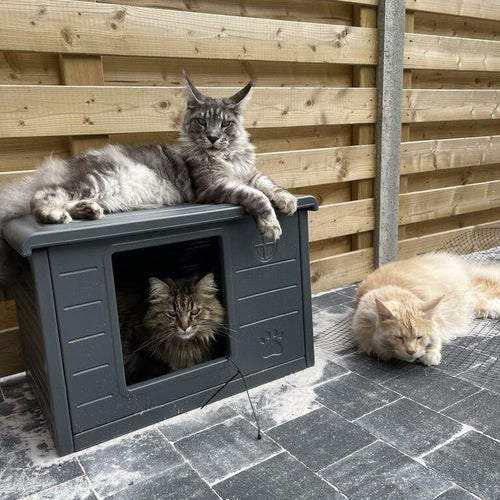A cat on a lead? For many, it sounds like pure horror. But deep down, you might be secretly curious, and maybe you’d quite enjoy it (as long as your cat gets used to it and you don’t mind a few curious stares). You’ve probably seen it more and more on social media: cats heading out on little adventures with their owners, wearing a harness.
But how difficult is it really to get your cat used to a leash? And who knows… you might actually end up loving your weekly cat walks.
In this blog, we’ll help you figure out whether it’s something for you and your cat. We'll explore the pros and cons ,and most importantly: how to get started.










